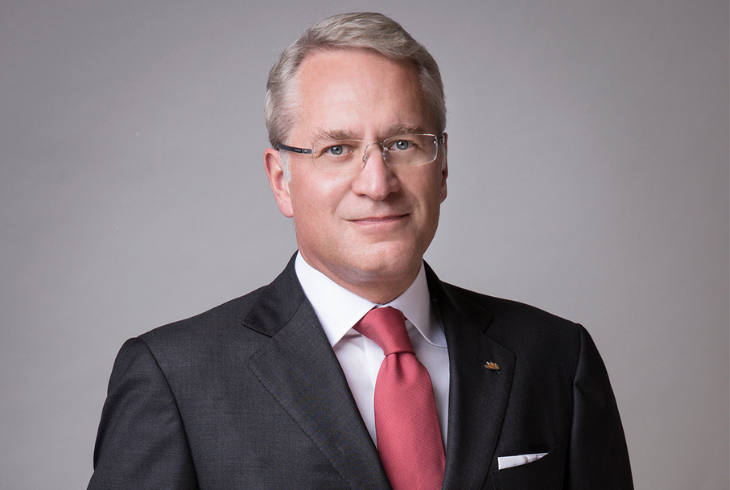As their assets continue to grow, the world’s biggest hedge funds, asset managers and pension funds have become increasingly bullish about their status in the foreign-exchange market.
But even the largest firms’ total assets under management are equivalent to only a single day’s trading on what is the world’s largest financial market. And as Euromoney has previously reported, market participants are choosy about the liquidity providers they work with.
That is good news for banks.
“We haven’t come across a lot of clients telling us that they are so big that they now see themselves as liquidity providers,” says Asif Razaq, global head of FX algo execution at BNP Paribas.
Thanks for your interest in Euromoney!
To unlock this article:




